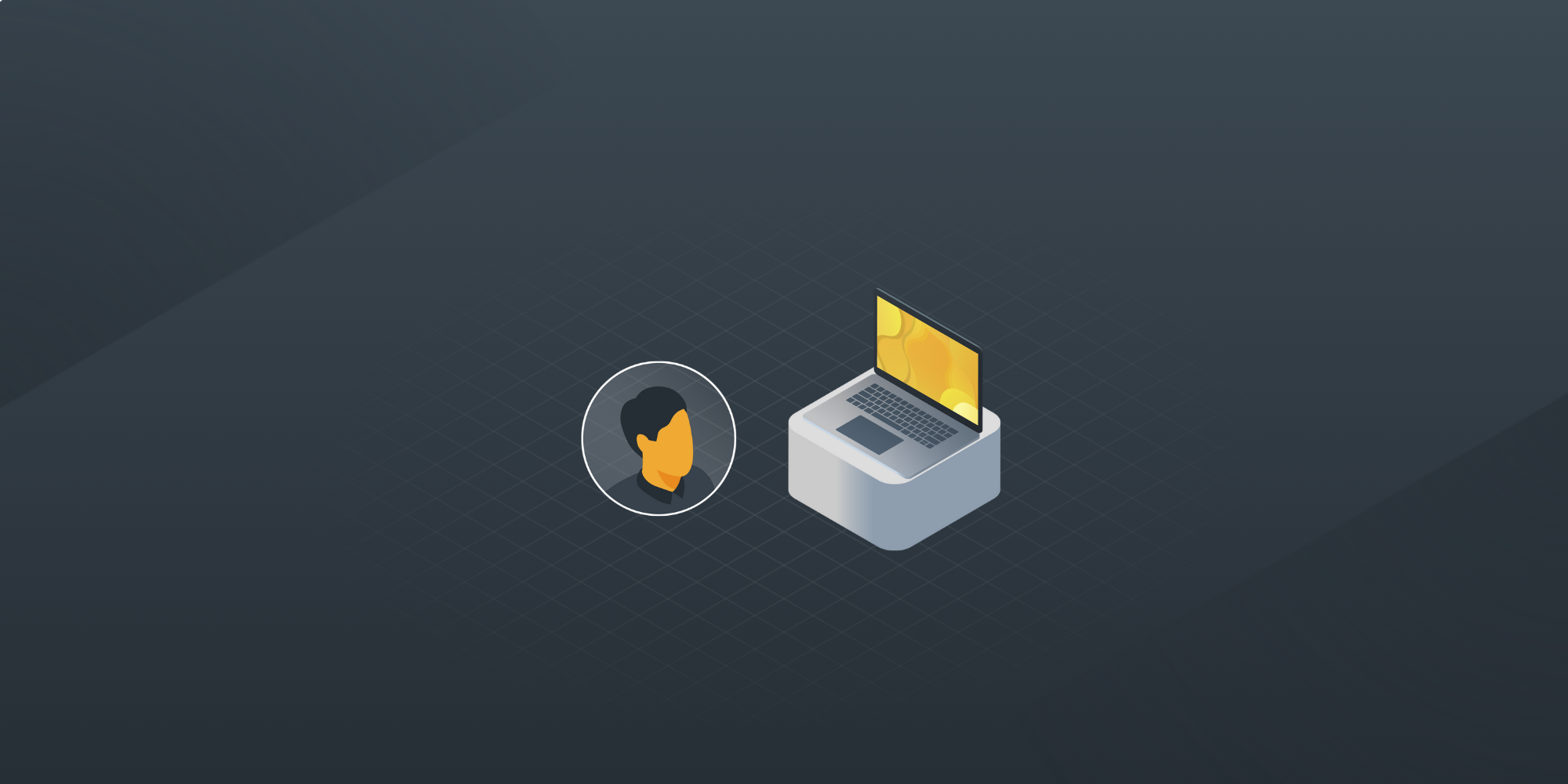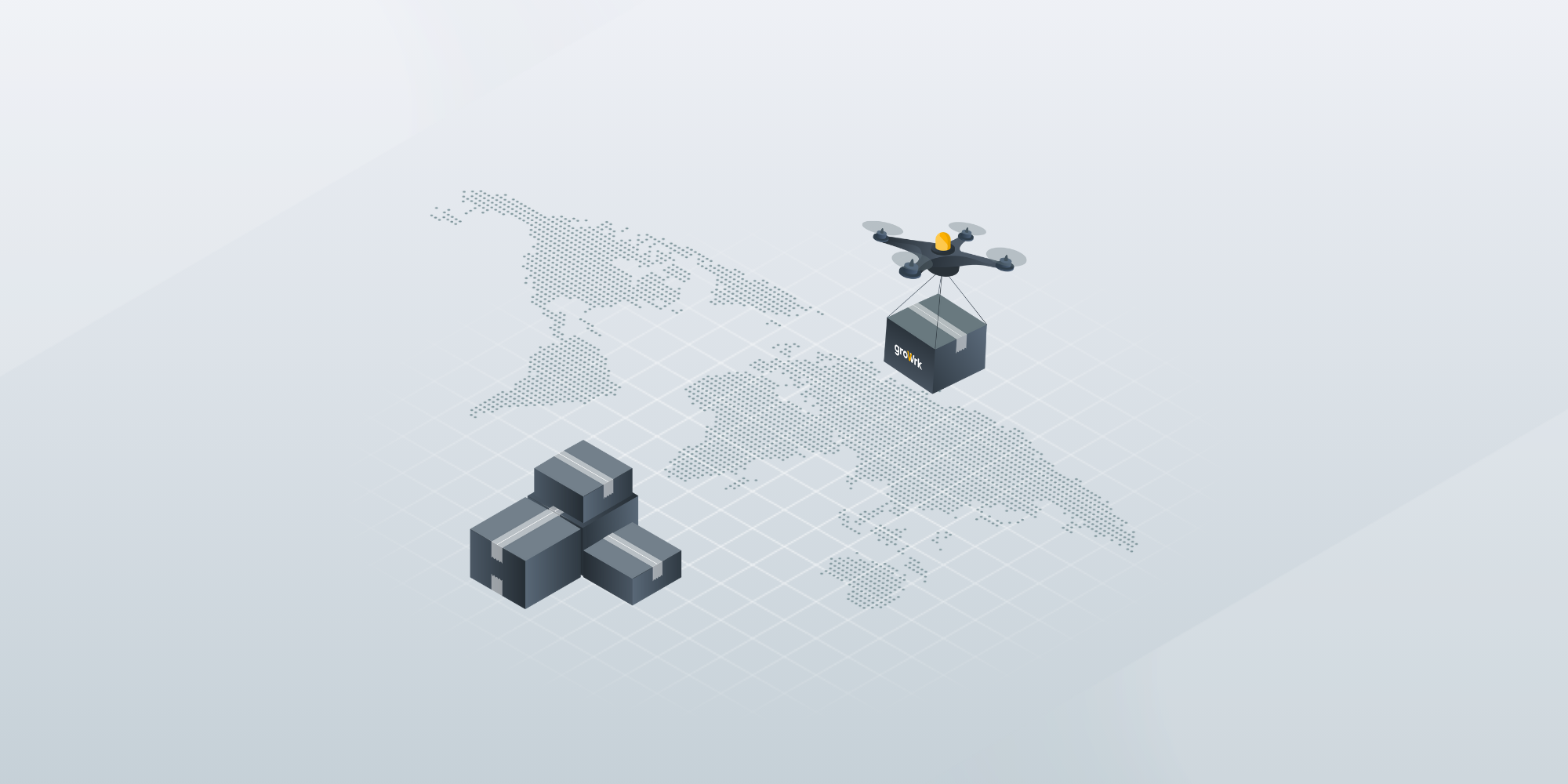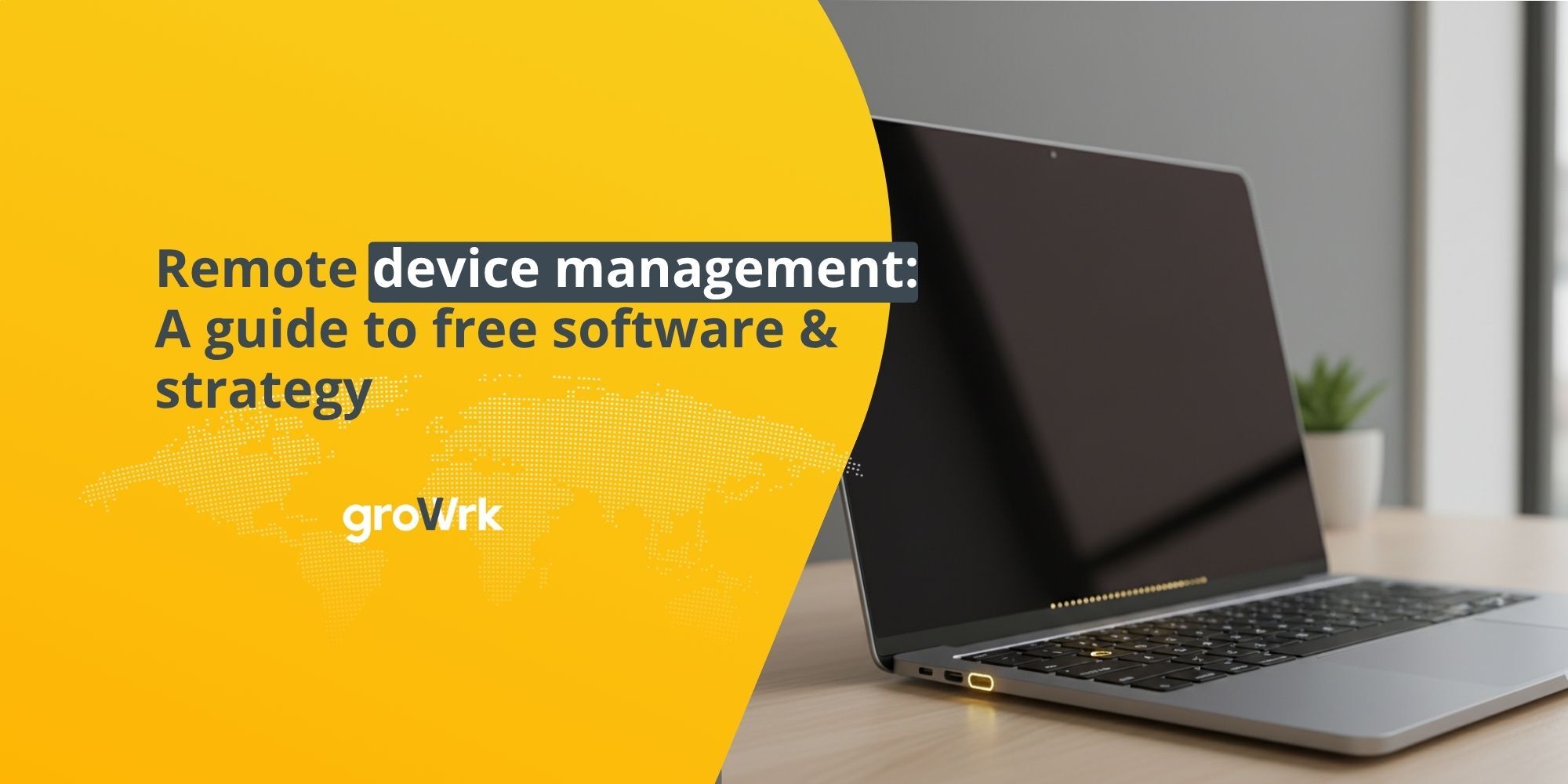Identity and Access Management for remote teams: The complete guide
 Mara Quintanilla
Mara Quintanilla
There’s no doubt the internet has made our lives easier in many ways, but it has also brought with it new security challenges. Amongst these challenges is protecting users' information from hackers and cybercriminals. That’s why companies need to consider having an Identity and Access Management (IAM) solution.
IAM is one of the most important parts of any company’s cyber security checklist. It allows them to control who has access to different systems and how they can use that access.
With more and more companies turning to remote work, it is important for organizations to create policies that ensure the safety of their assets while giving employees access—whether they are in the office or not.
According to Verizon’s 2022 Data Breach Investigations Report, users play a very large role in incidents and breaches. The human element was involved in 82% of breaches, that being the use of stolen credentials, phishing, misuse, or simply errors.
That same report highlights the main four paths to access data: credentials, phishing, exploiting vulnerabilities, and botnets. Therefore, organizations must have a plan to handle each of them.
When employees are working remotely, they often need access to internal systems that might require a higher degree of security than other resources that would normally be available if they were in an office setting.
Without an on-site IT team, how can a company ensure that all employees have the right access to their resources? How do you manage identity and access management for remote teams? The answer is by using a robust IAM system.
These solutions ultimately provide the level of control needed to ensure that only those with appropriate permissions can access the right resources at the right time. With effective IAM solutions in place, organizations can better protect their data and customer information while reducing compliance risk and improving productivity.
What is Identity and Access Management?

IAM is the area of IT that deals with verifying users' identities and controlling their access to digital resources. It can be used to control who has access to which systems, as well as their level of access. It can also be used to identify who is using a system, and what they are doing on it.
The primary goal of IAM is to make sure that only authorized users have access to certain information or resources. This helps protect sensitive data from being compromised by unauthorized users or hackers.
This is especially important for remote teams since employees are working from home or traveling outside of their normal office space, making it difficult for IT staff to manage their systems.
How identity and access management works
When talking about Identity and Access Management, it is important to understand the difference between identity and access.
The term "identity" refers to an individual or group's personal information. Identity management tries to verify that you are who you say you are. This includes things like name, age, address, and so on.
Meanwhile, the term "access" refers to the ability of someone to enter a digital space or physical space. Access management determines which resources you are able to enter depending on your identity.
As its name suggests, IAM is concerned with authenticating users' identities (authentication) and providing them access to data based on those identities (authorization).
Here's the difference between these two concepts:
Authentication:
It's a way of determining that someone is who they claim to be. The classic authentication method involves using usernames and passwords, like the ones you normally use in a login box.
Authorization:
It's the granting of access rights to a particular individual or type of user.
Passwords alone are no longer considered sufficient to protect online accounts since they're easy for hackers to guess or even steal through data breaches.
IAM provides an added layer of security by having different features and tools to protect personal data. Here are the most common tools found in IAM today:
Multi-factor authentication:
This is the most common tool used by IAM to secure personal data. It requires users to provide an additional piece of information when logging into an application, like a pin number or biometric data—including fingerprints or iris scans. This ensures that only the person who owns the account can access it and prevents hackers from gaining access even if they have stolen passwords and usernames.
Single sign-on (SSO):
Allows users to log in once with just one username and password combination, instead of having separate logins for every application they use. This allows users to access multiple applications without having to re-enter their credentials repeatedly. For instance, when you log into Google, your identity is recognized and the same credentials are used to access other apps such as Drive or YouTube.
Federated identity:
It's similar to SSO, but instead of using your credentials to access apps from a single company, it grants you access across multiple organizations. The most recognizable use of federated identity is social login, in which you may sign in to a variety of apps using your Google, Facebook, or Apple ID.
Why is it important to invest in Identity and Access Management for remote teams?

IAM is a critical component of the security architecture for any enterprise. It's the foundation of security, compliance, and data protection—and it's especially important in today's world where remote work is increasingly common.
IAM can help improve operational efficiency, reduce risk exposure and protect sensitive information. It protects users, applications, and data from unauthorized access. A well-implemented solution will allow you to manage user access across platforms and applications while also providing visibility into who has what credentials.
So why is it so important to invest in IAM for remote teams?
Since remote employees don’t have an IT team at home that is keeping their devices up to date with security, they can be more prone to attacks. However, companies can prevent this by having remote work policies that outline best practices and prevention strategies.
Here's why each company should implement IAM to manage their remote team's identities.
- Remote teams need to be able to access the company's applications and data without having to be on-site.
- Distributed team members should be able to access the company's resources—without fear of being compromised—while working from home.
- Companies need to make sure their information is available for remote team members so they can work from anywhere.
Benefits of using Identity and Access Management solutions for remote work

While IAM solutions can be complex, a well-implemented solution will help organizations save time and money by reducing the likelihood of security breaches or other types of unauthorized access. The benefits for your remote workforce include:
1) Taking control of data security
IAM solutions can help you to take control of the security of your data by ensuring that only authorized users have access to it. This is particularly important if you work with sensitive information such as financial records or customer data, as well as when dealing with employees who use their own laptops and mobile devices while working remotely.
2) Reduce the risk of a data breach
A single data breach can cost you millions of dollars in lost revenue and negative publicity, not to mention the cost of repairing your reputation. IAM solutions allow you to restrict employee access by user, location, or device, helping you reduce the risk of a data breach.
3) Improve employee productivity
Managing user permissions manually can be time-consuming and error-prone. By using a centralized method for managing access rights for employees and third parties through an IAM solution, organizations can ensure that only those who should have access do so when they need it.
This reduces mistakes made by employees when granting or revoking permissions, which can lead to lost productivity as well as security risks due to incomplete or inaccurate information about how much someone has been granted or denied at any given time within an organization's IAM system.
4) Improve user experience
IAM solutions can help to improve the user experience by providing a consistent and unified experience across multiple applications and devices. This can help to reduce the disruption and confusion caused by the need to manage multiple user identities and access permissions.
5) Comply with regulations and legislation
While ensuring compliance with regulations and legislation is not the only reason to invest in IAM solutions, it is a major factor. In order to comply with legal requirements, you will need a system that helps you track who has access to what information so that they can be held accountable if they violate those rules.
Final words
Identity and Access Management is a core security layer for remote work because it provides a foundation for managing user access (both physical and digital) and also gives teams visibility into who has access to which resources.
Having the right security strategies in place like IAM or Mobile Device Management are ways that companies can ensure that their data is safe. A sense of trust is important among employees and clients, which helps improve productivity and revenue.
Additionally, IAM helps companies ensure compliance across their entire organization so that everyone understands what their roles are as well as where their responsibilities lie when interacting with customers or partners outside of work.
If you are looking to scale your distributed workforce around the world, GroWrk can help you with smart equipment management. We provide streamlined procurement, deployment, and management of IT Assets in more than 150 countries. Request a demo to learn how you can set up and equip your remote team in just a few clicks.






